Photographs: Christopher Walker/Wikimedia Creative Commons
We bring you a list of the top ten landmark sites in India most recommended by TripAdvisor travellers.
Users of the travel website TripAdvisor voted for the top must-visit landmarks in India. Does your city’s most famous monument find a mention? Keep selves to the legend of Maharana Udai Singh meeting a meditating hermit while on a hunting trail. On seeking his blessings, the hermit advised the Maharana to build his palace at the very spot.
9. Qutub Minar, New Delhi
Image: Qutub MinarPhotographs: Cool sneh13/Wikimedia Creative Commons
The tallest minar in India and a UNESCO World Heritage Site, the Qutub Minar stands 237.8 feet tall with 379 stairs and a base diameter of 14.3 metres.
Construction of the Qutub Minar started in 1192 by Qutub-ud-din Aibak and was completed by Iltutmish.
Made of red sandstone, the Minar has intricate carvings and verses from the Koran and used to serve as a watch tower. While some believe that it was named after the first Turkic sultan, Qutub-ud-din Aibak (his descendant Wajid Ali Shah would repair it later) others insist that it has been named after a saint called Qutubuddin Bakhtiar Kaki.
In any case, it is today one of the most popular landmarks of India.
8. Khajuraho Temples
Image: Khajuraho TemplesPhotographs: Lakshmi Sharath/Rediff.com
Madhya Pradesh’s most famous landmark -- the Khajuraho Monuments are located in the eponymous town that derives is name from the Sanskrit words kharjura meaning date palm and vahaka or ‘one who carries’.
Famous for their erotic sculptures, the temples were tended to by the locals and were brought to the attention of the British in the in the late 19th century when the forests in and around the complex had managed to take their toll on it. It was the British engineer TS Burt arrived there first and was followed by General Alexander Cunningham who pretty much put the temples on the world map. The temple complex of Khajuraho has been listed as UNESCO World Heritage Site.
7. Agra Fort, Agra
Image: Agra Fort's Diwan-e-AamPhotographs: Matthew Laird Acred/Wikimedia Creative Commons
Under the shadow of the Taj Mahal, Agra Fort finally seems to have received the attention it deserves. The fort is more of a walled city and that was originally just a brick fort under the reign of the Rajputs.
While a Ghaznavide force captured it in 1080 AD, it was Sikandar Lodi who became the first Sultan of Delhi to shift to Agra and live here. Over the decades, the fort fell from the hands of one ruler to another and another till Akbar finally captured it from King Hemu in the Second Battle of Panipat in 1556 and made it his capital two years later.
The Agra Fort also was the site of a battle during 1857’s Indian mutiny that eventually ended the rule of the British East India Company and India began to be ruled directly by Britain.
6. Jain Temple at Rajankpur
Image: The Jain Temple at RajankpurPhotographs: Christopher Walker/Wikimedia Creative Commons
Dedicated to Adinatha, the temple has been constructed in light-coloured marble and is supported by over 1444 marble pillars. It is said that the construction of the temple was inspired by a dream of one Dhanna Shah. The project was under the patronage of Rana Kumbha, the then ruler of Mewar who donated a huge stretch of land to Shah.
The temple of Ranakpur is one of the five most important pilgrim destinations of Jains.
5. Swaminarayan Akshardham
Image: Delhi AkshardhamPhotographs: Juthani1/Wikimedia Creative Commons
The grand complex of Akshardham in New Delhi is said to attract approximately 70 percent of all tourists who visit Delhi. Standing near the banks of the River Yamuna in eastern New Delhi, the complex is a classic example of the rules of the Vastu Shastra and the Pancharatra Shastra.
The several attractions the complex boasts also include an IMAX feature on the early life of Swaminarayan as well as a musical fountain and huge landscaped gardens.
Most interestingly, the entire temple that is constructed from Rajasthani pink sandstone and Italian Carrara marble uses no support from steel or concrete and boasts of 234 carved pillars, nine domes and about 20,000 idols of Hindu saints.
Visit it, even if you don’t believe in religion and you’ll still be awestruck!
4. Mehrangarh Fort Jodhpur, Rajastan
Image: Mehrangarh FortPhotographs: Knowledge Seeker/Wikimedia Creative Commons
The largest of all forts in Rajasthan, Mehrangarh was founded in 1458 around which the city of Jodhpur grew. In the 500-odd years that it has stood atop the 150m high hill with 360 degree views from its three-km long ramparts around its edges, the fort has never once been captured. The fort recently hosted the 50th birthday celebrations of supermodel Naomi Campbell's boyfriend and found a place in celluloid history courtesy Christopher Nolan who shot parts of The Dark Knight Rises here.
3. Amber Fort, Jaipur
Image: Amber FortPhotographs: Skmalladi/Wikimedia Creative Commons
Located on the outskirts of Jaipur, the Amber Fort (pronounced Amer) is one of the principal attractions of tourists travelling to the capital city of Rajasthan.
Constructed by Raja Man Singh I the fort blends the Hindu as well as the Rajput elements of art sand architecture. But perhaps the most fascinating element of the fort remains its four-level layout plan that consists the Diwan-e-Khas or the Hall of Private Audience, the Diwan-e-Aam or the Hall of Public Audience, the Sheesh Mahal or the Palace of Mirrors among others.
Each year the fort reports an average of 5000 visitors every day and received 1.4 million visitors in 2007.
2. Golden Temple Harmandir Sahib, Amritsar
Image: The Golden TemplePhotographs: Vinish K Saini/Wikimedia Creative Commons
The Golden Temple and Amritsar are synonymous with each other. And why not, the gurudwara that is covered in gold shines like a jewel against the Amritsar skyline. As our contributor Harnoor Channi-Tiwary noted, the temple almost always shows a new side each time you visit it at any hour of the day.
It isn’t surprising then that the Golden Temple receives visitors from all religions and faiths, ‘in part perhaps because there is something strangely serene about this place’ Tiwary writes here. ‘Strange because serenity is not something you expect in a place thronged by millions of people every day. Yet, as you sit on the banks of the sarovar (lake), the ripples in the water, the chant of the granthi and the sight of Golden Temple's reflection all mesmerise you’.
1. Taj Mahal, Agra
Image: The Taj MahalPhotographs: Ankit Mehra/Wikimedia Creative Commons
Inarguably India's most recognisable monument to the world, the Taj Mahal was built by Shah Jahan in the memory of his wife Mumtaz Mahal and has been a UNESCO World Heritage Site since 1983. Regarded as the finest example of Mughal architecture, the Taj Mahal is essentially an integrated complex of structures that took 21 years and thousands of artisans and craftsmen to complete. The Taj Mahal also appears on the new listing of the New Seven Wonders of the World

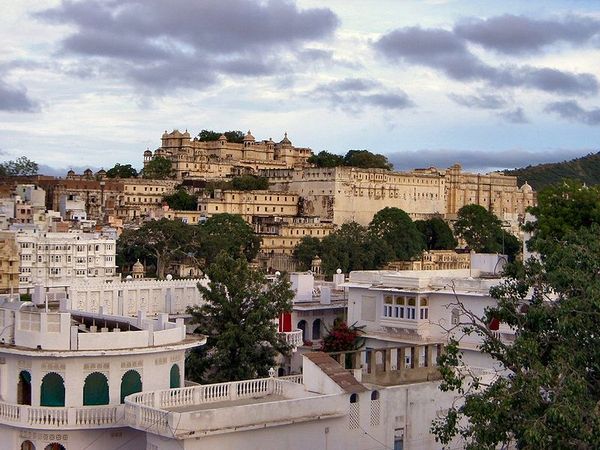
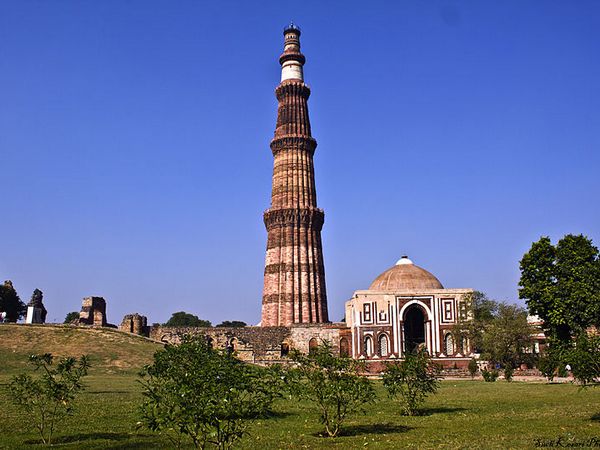
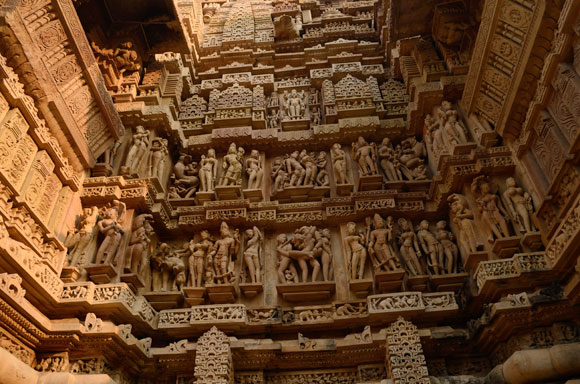


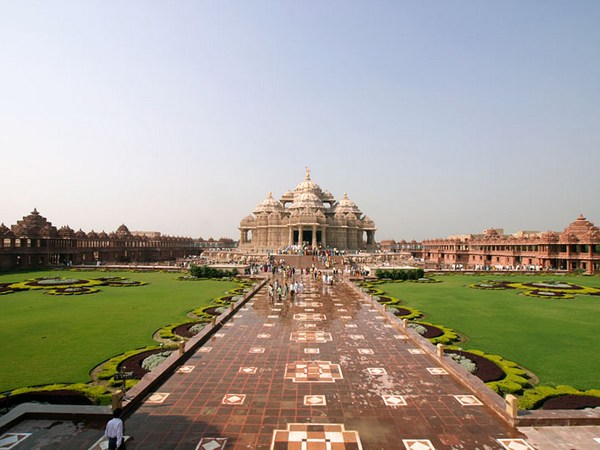

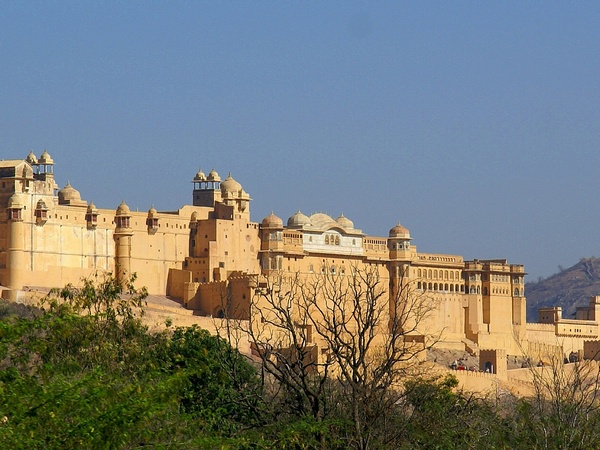
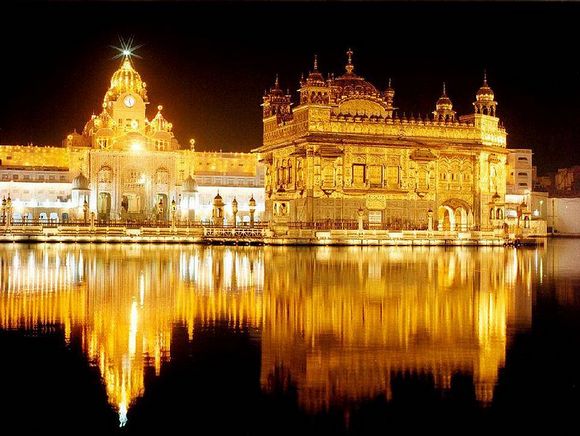
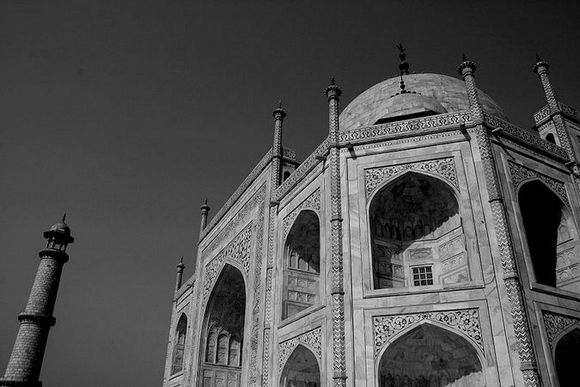
Comment
article